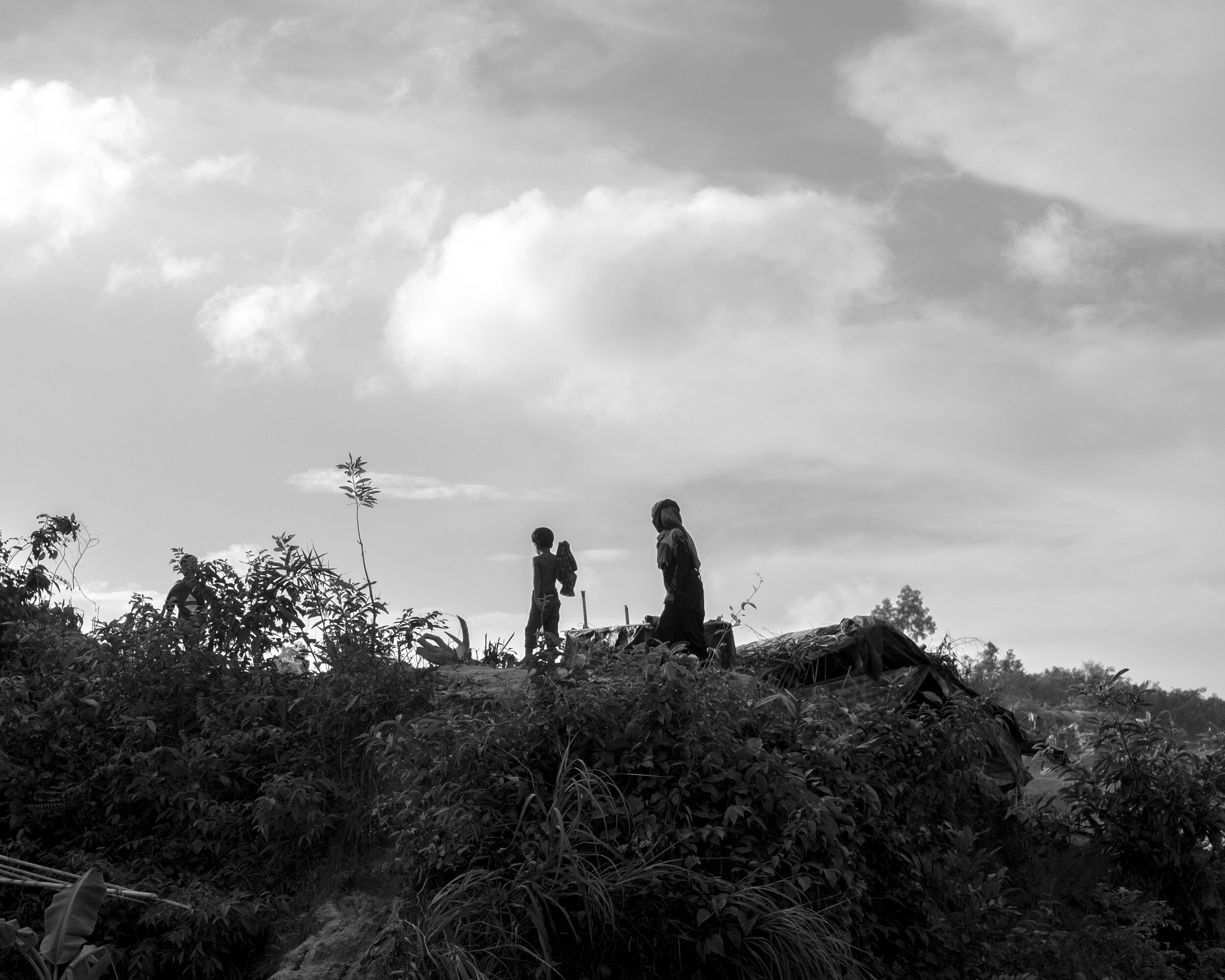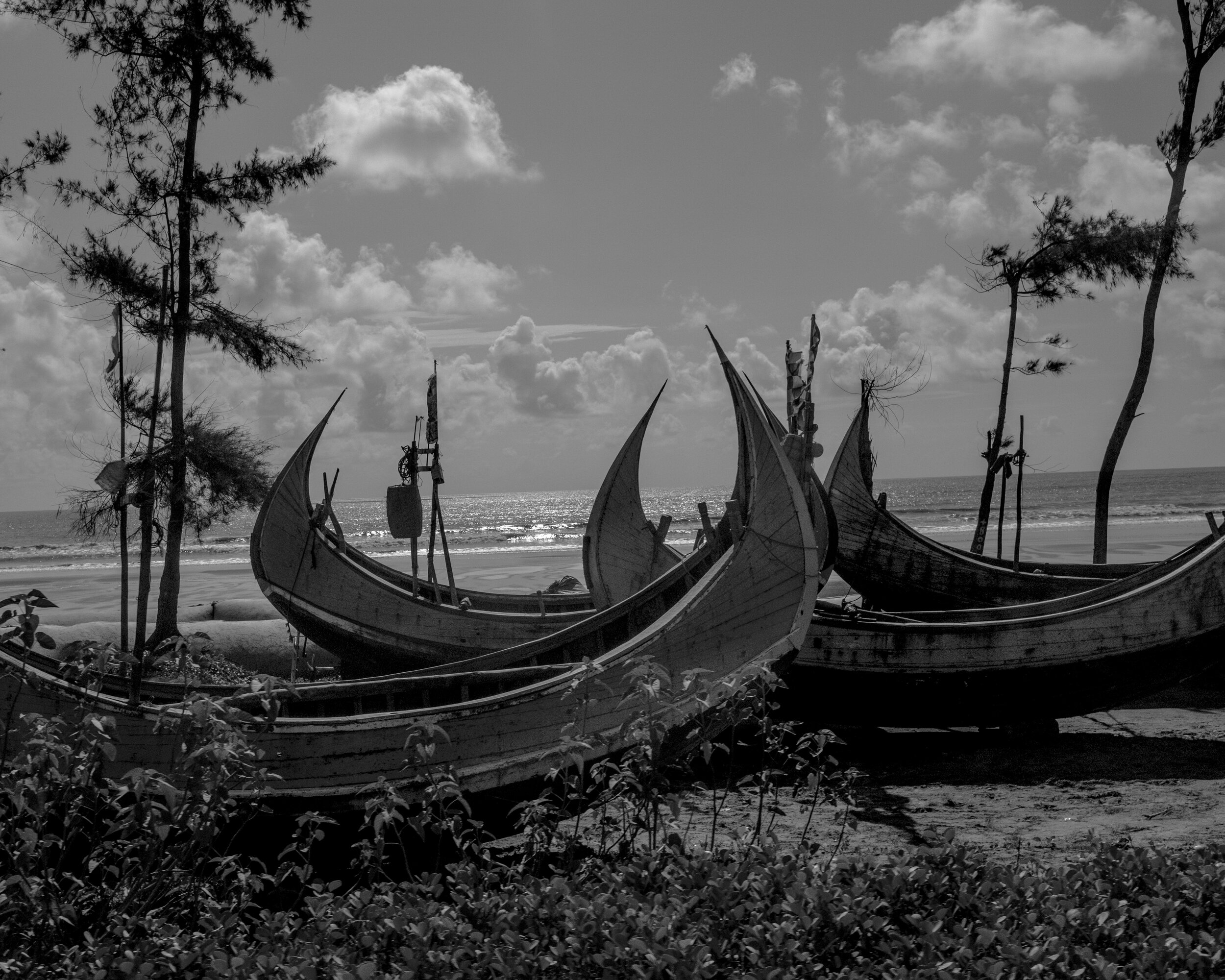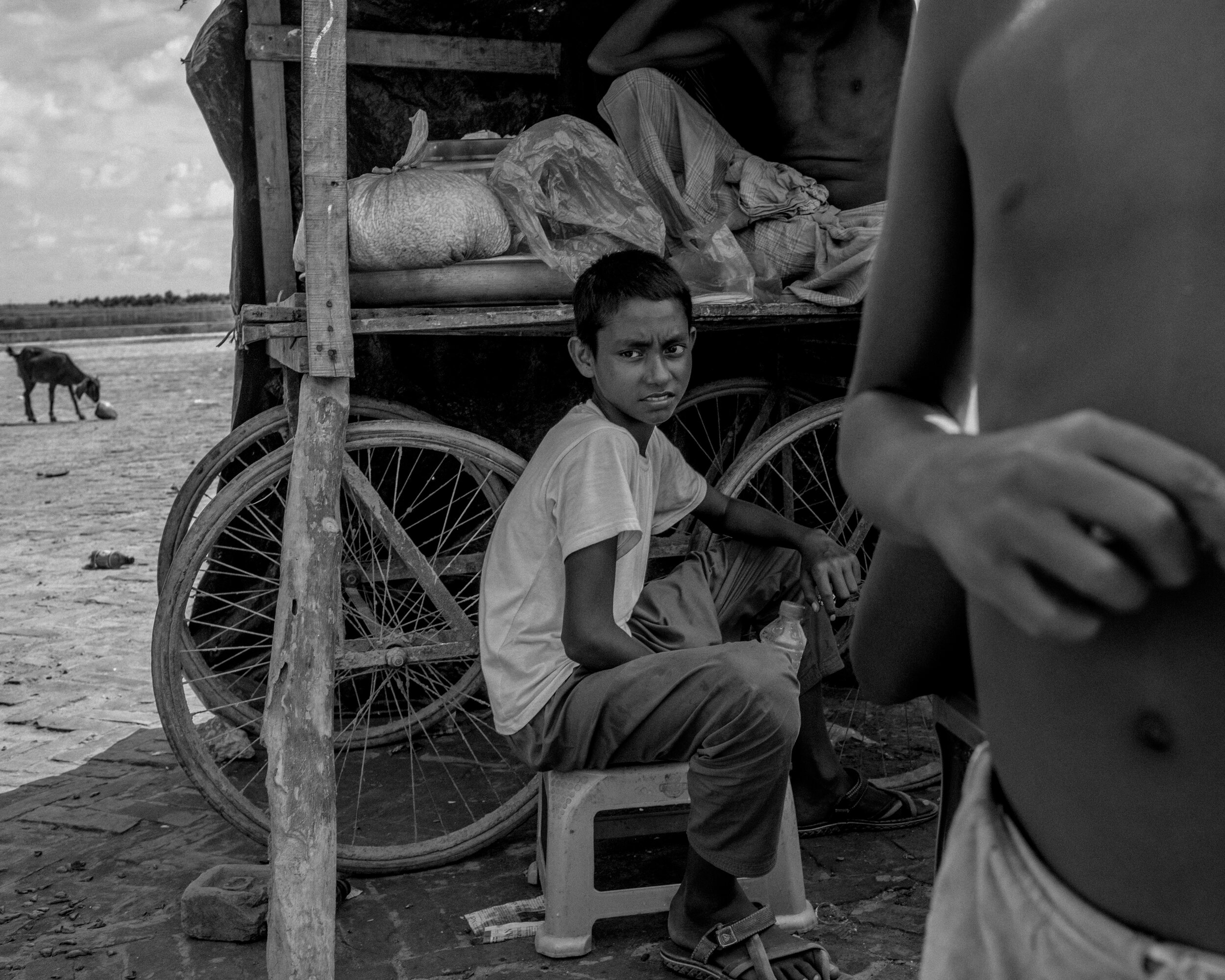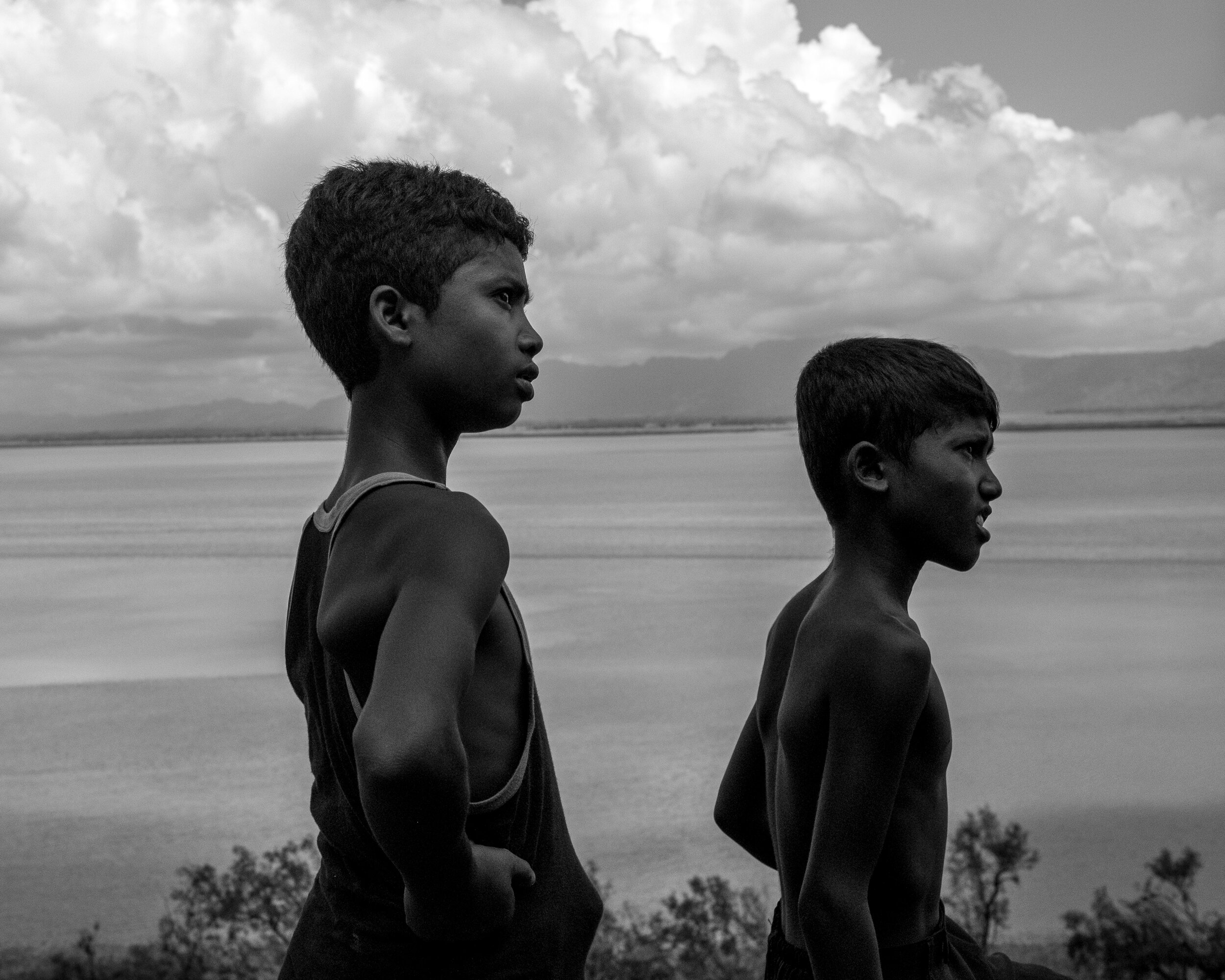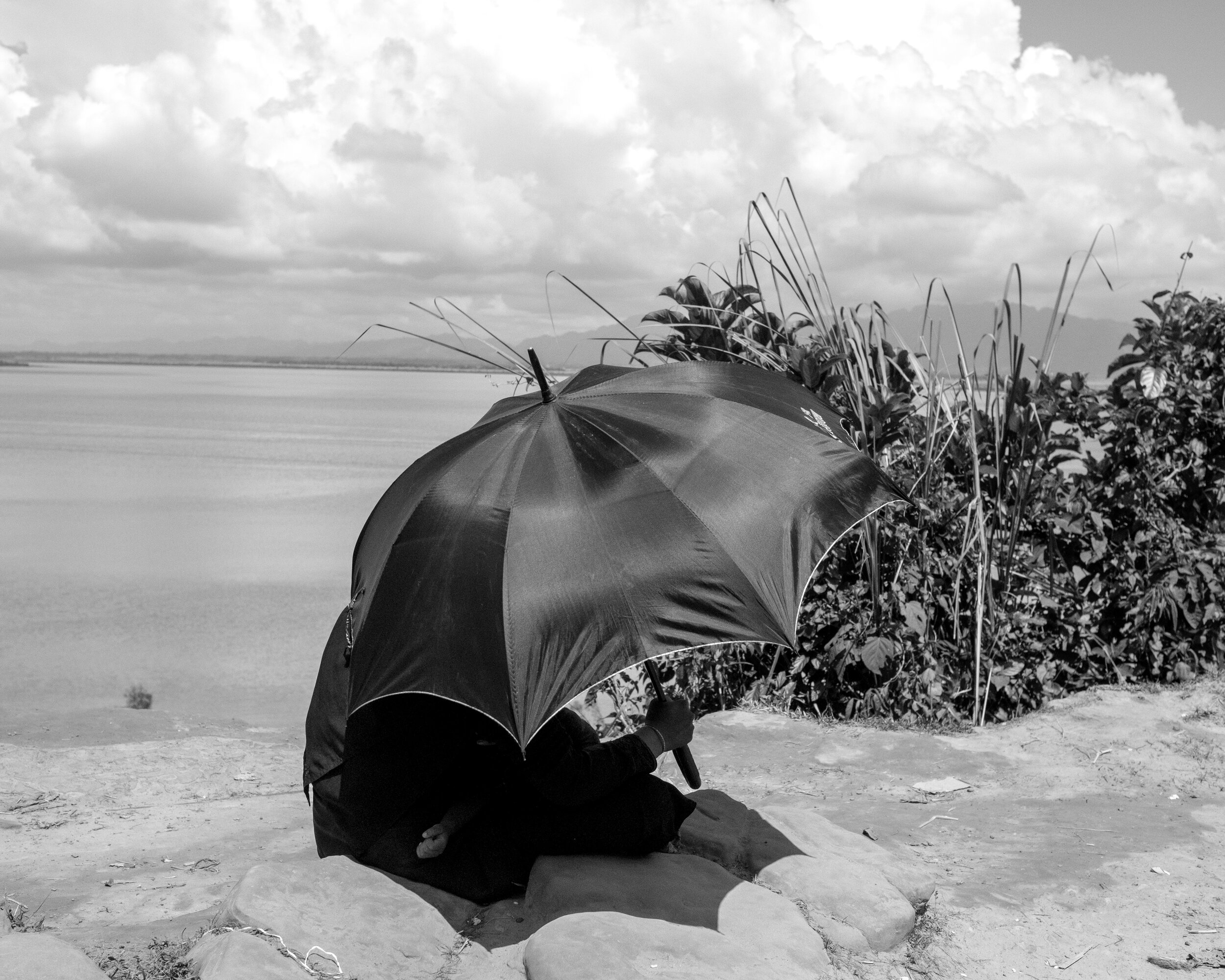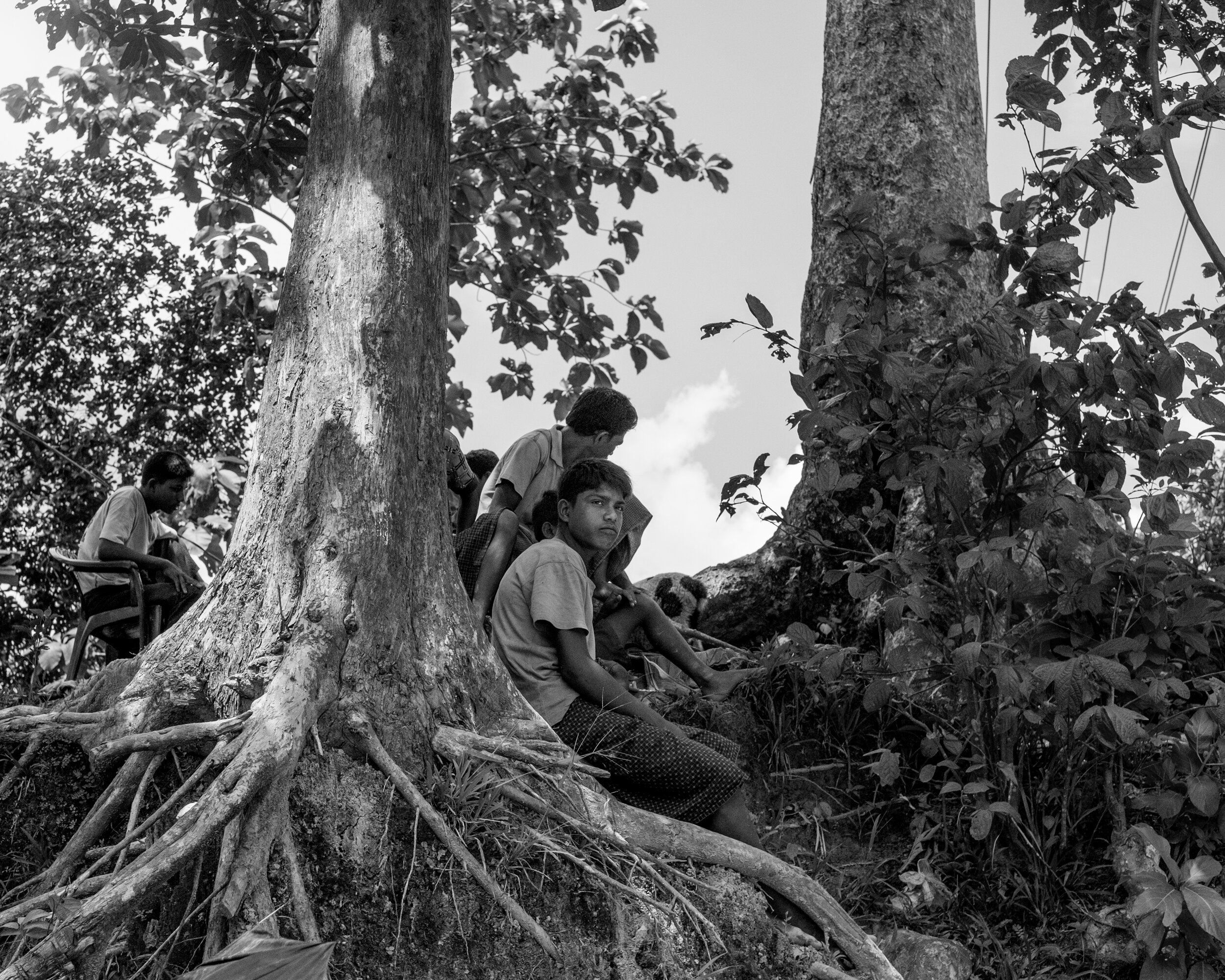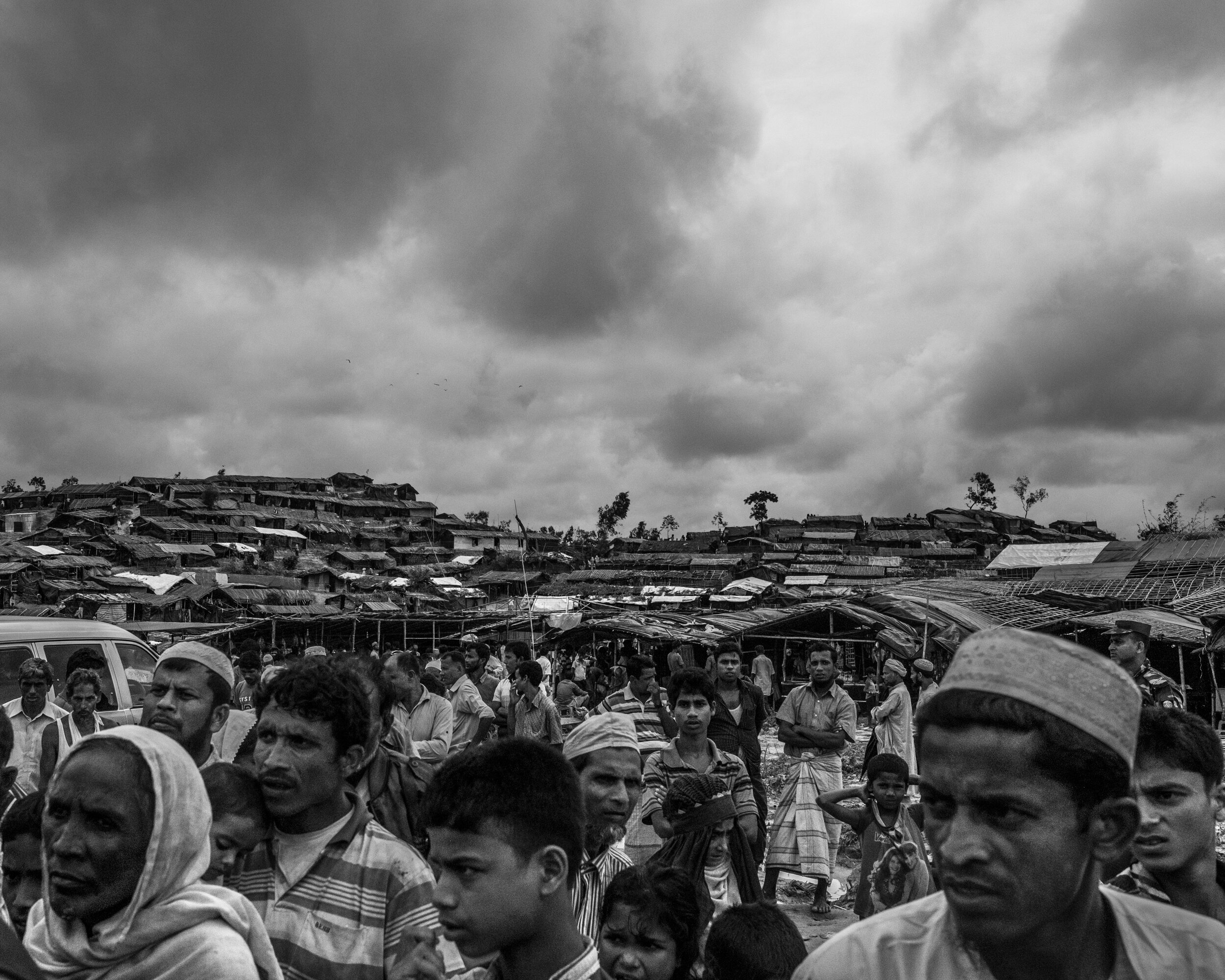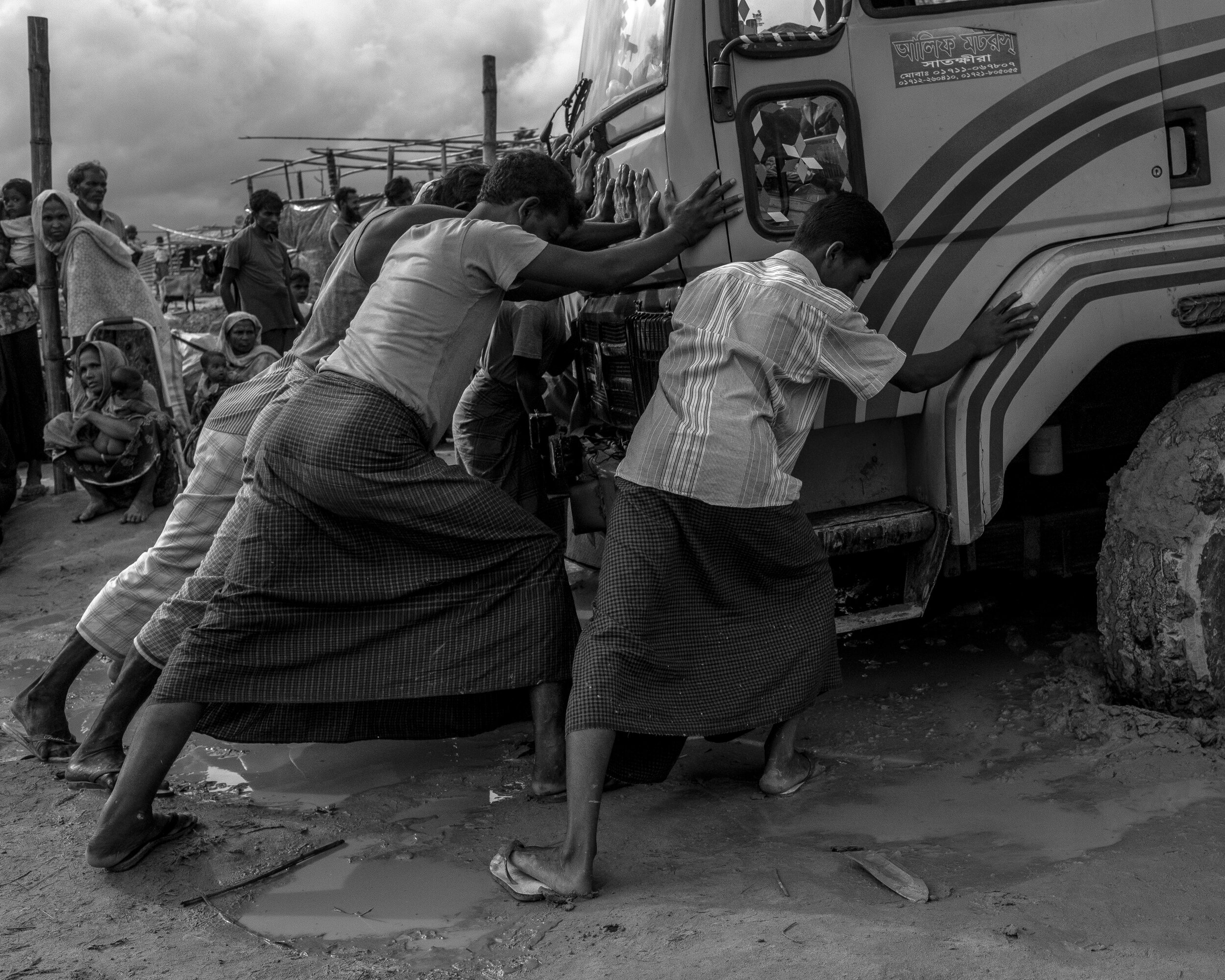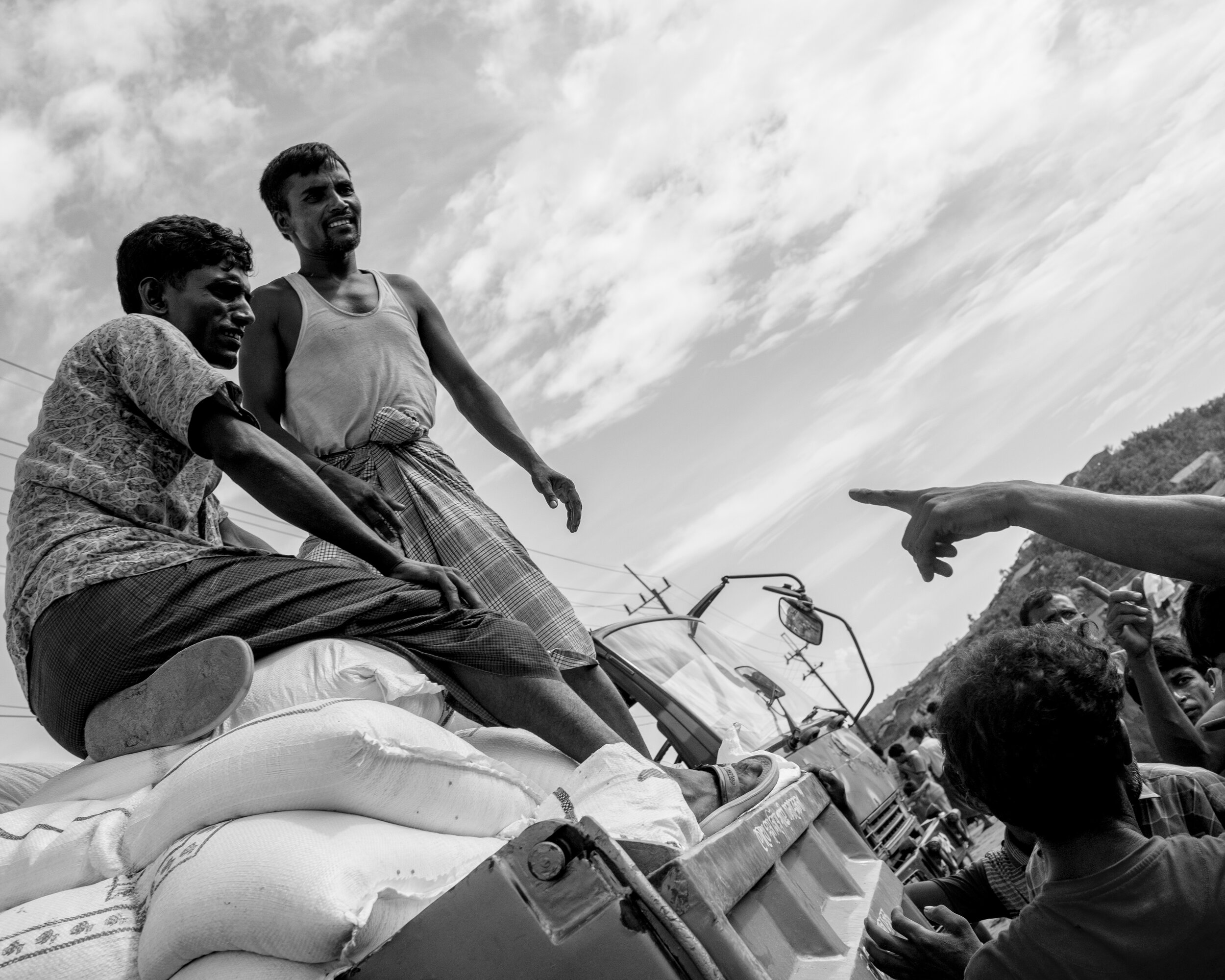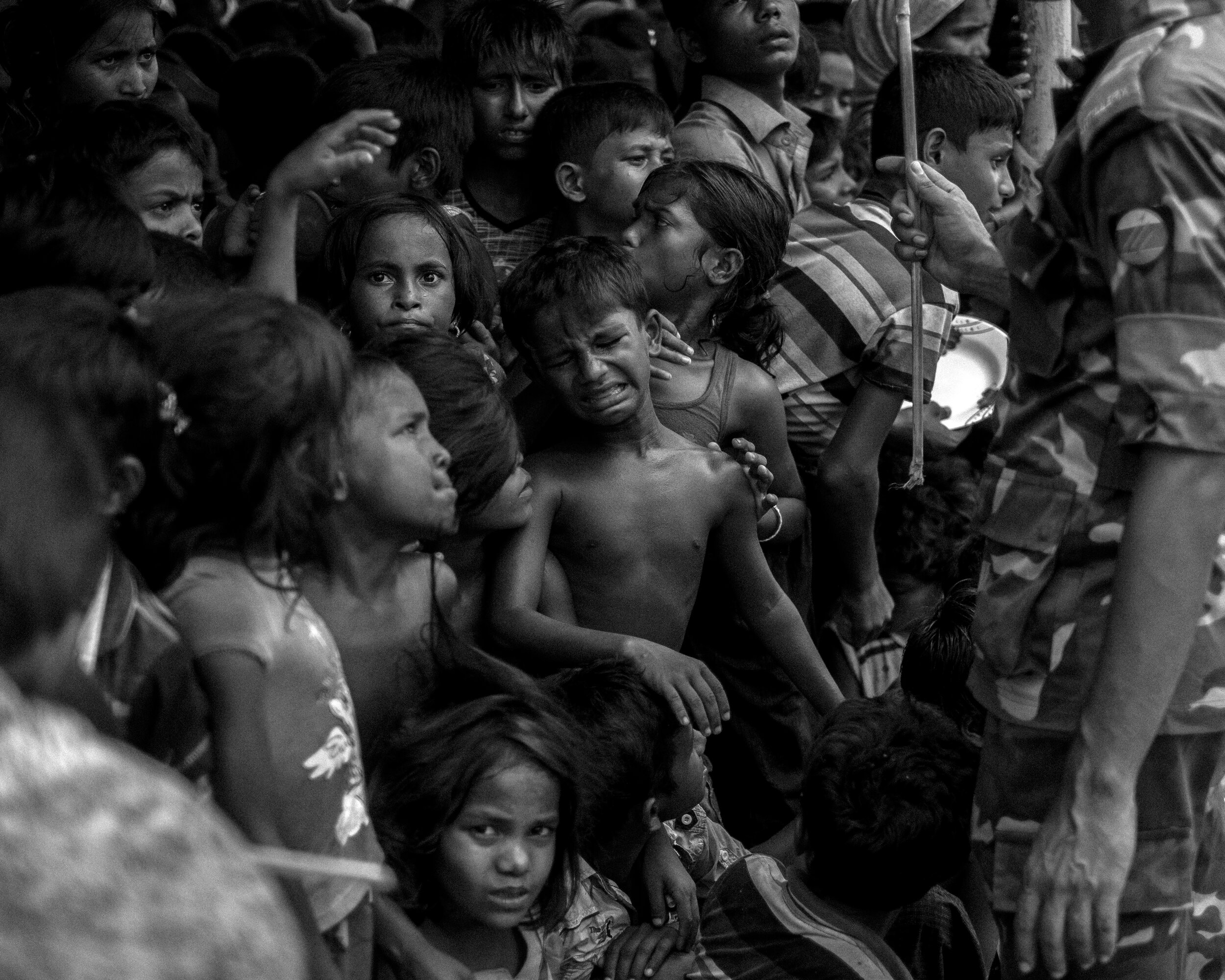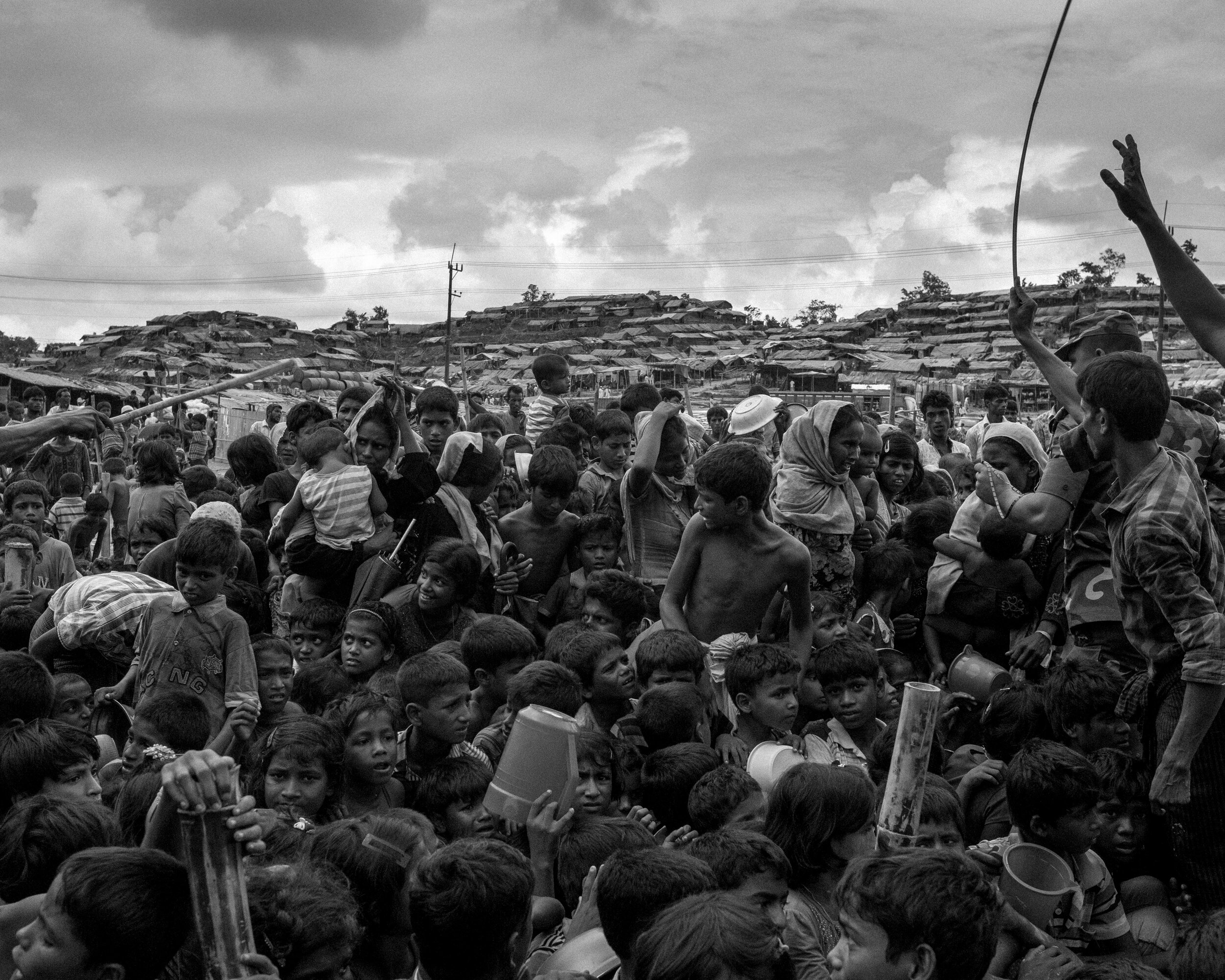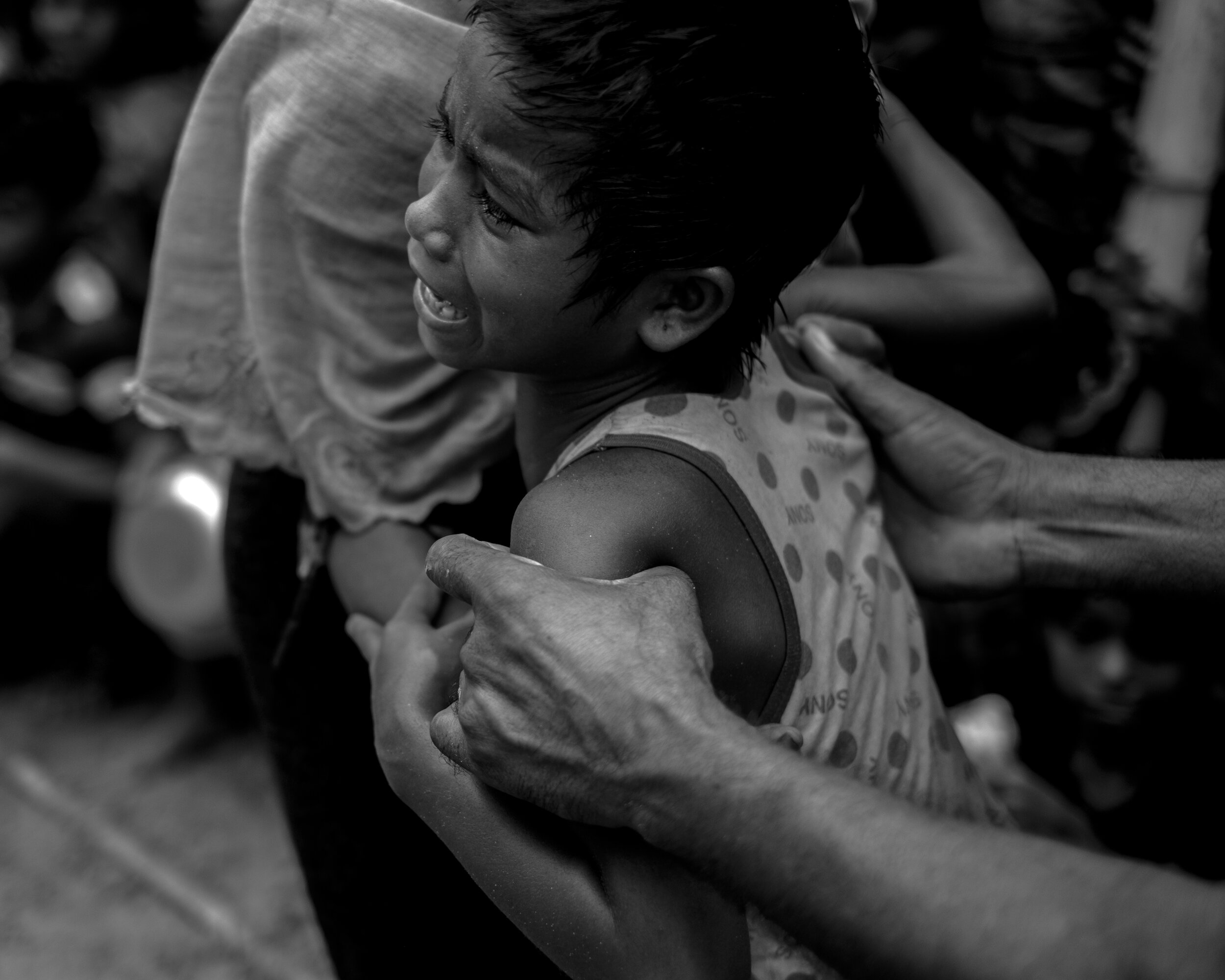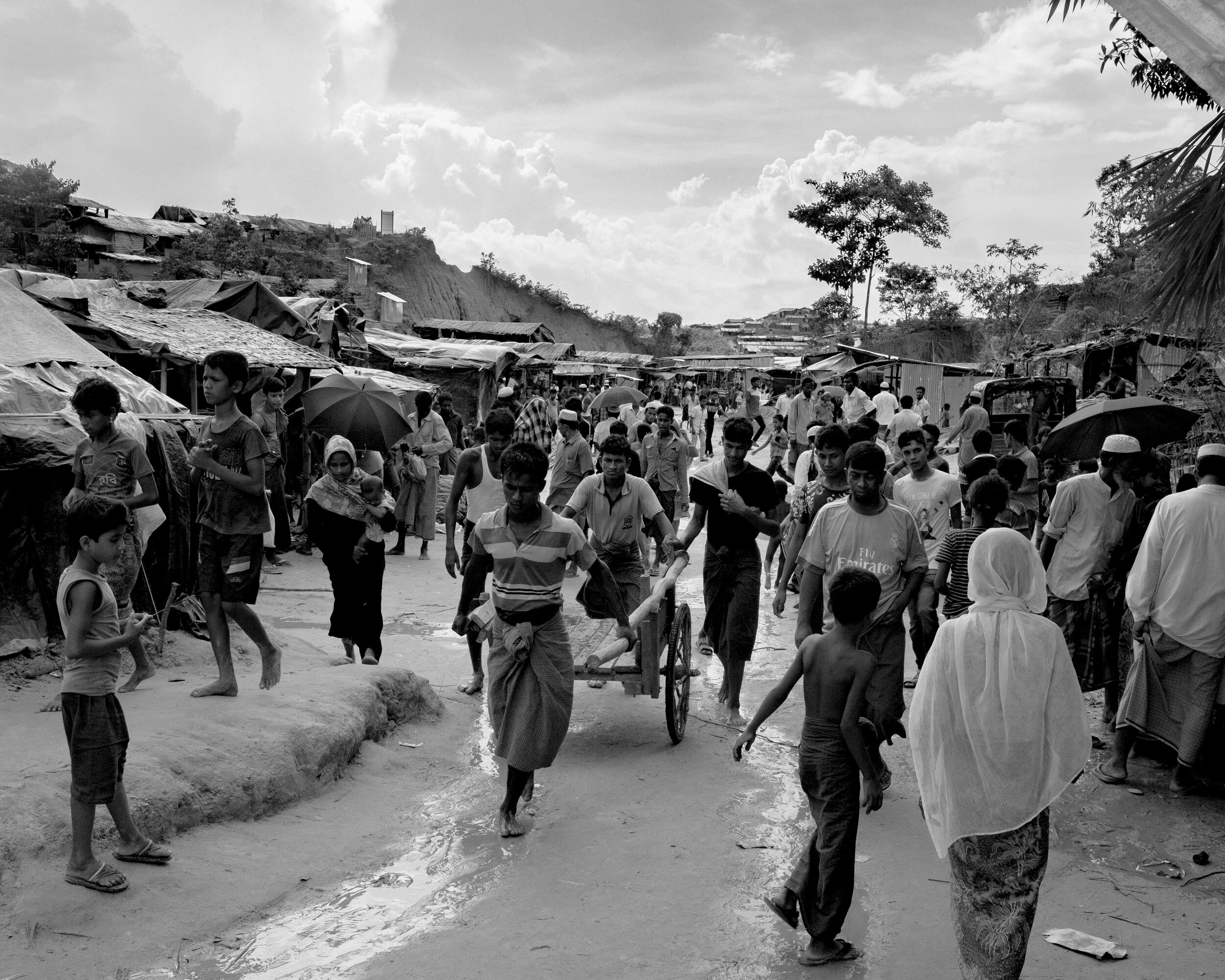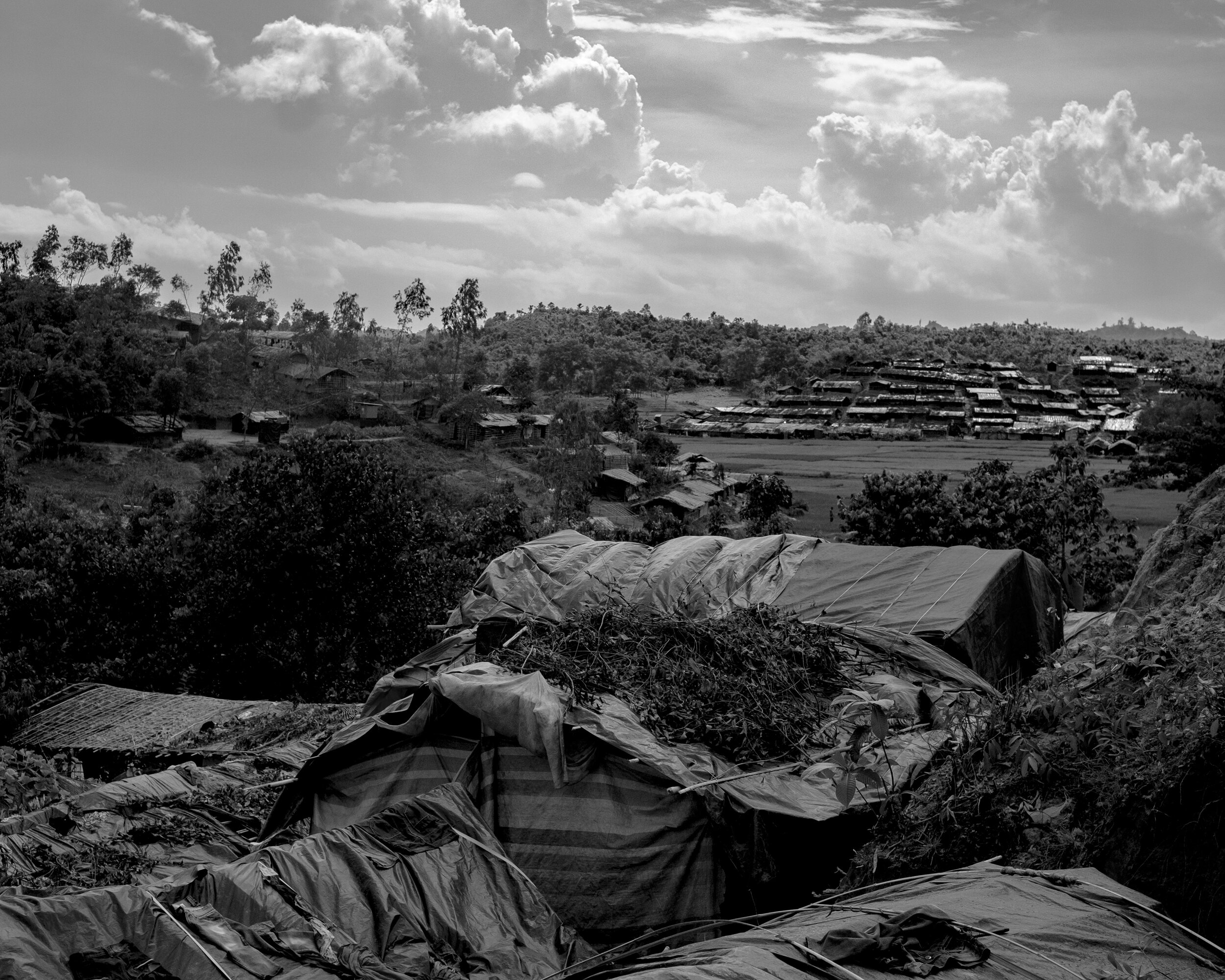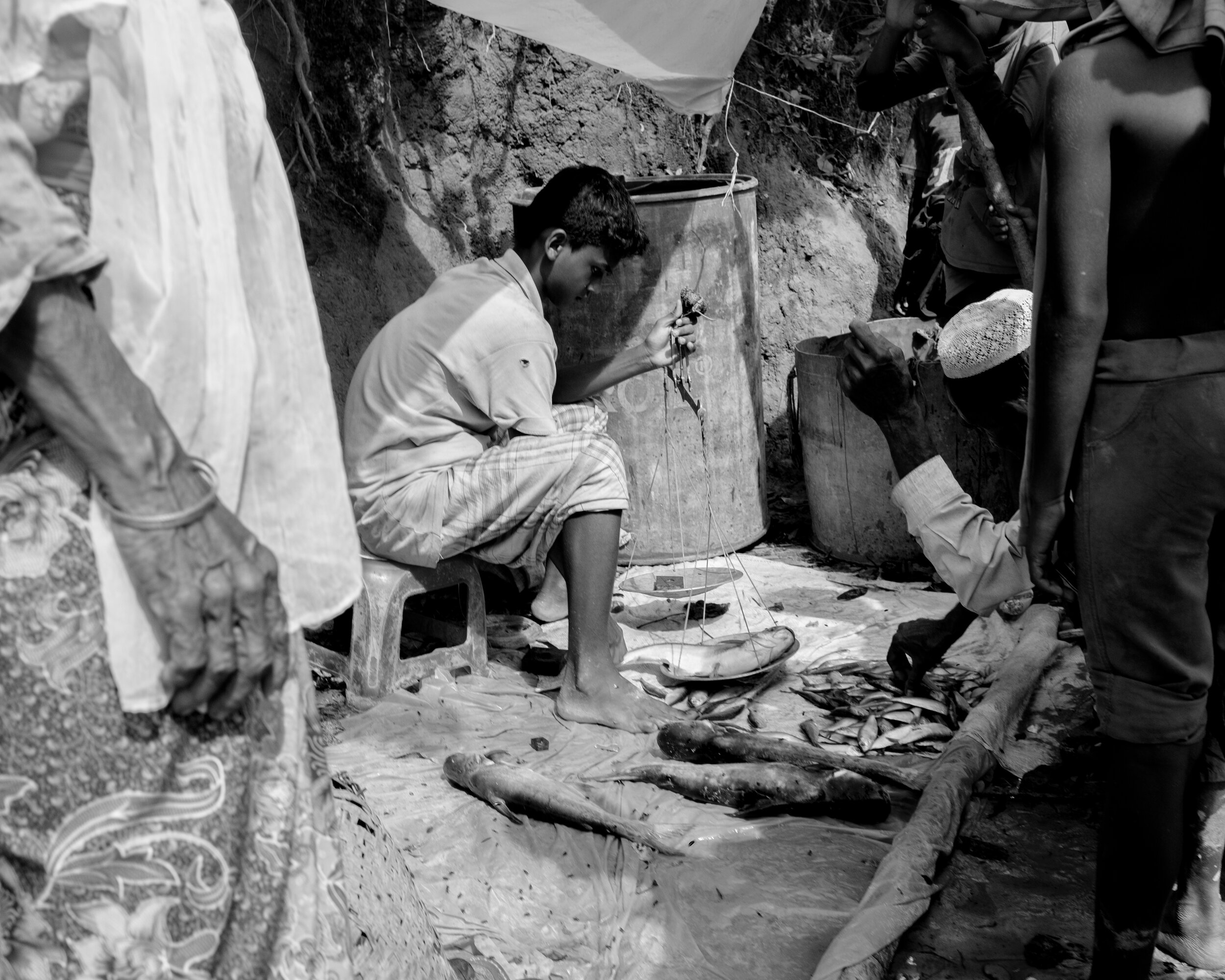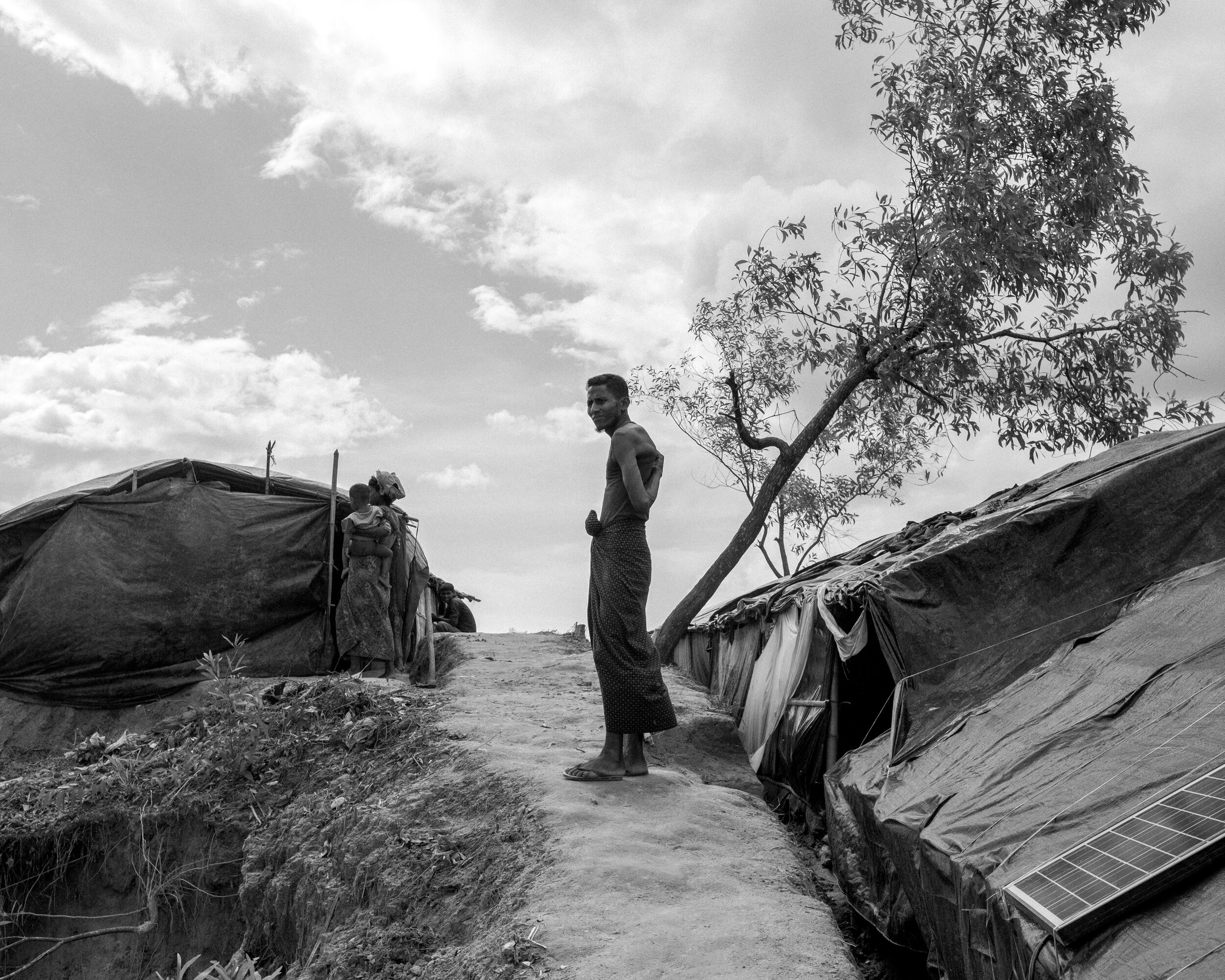Burma Inferno
William Keo
In August 2017, I saw an AFP dispatch reporting tensions in Myanmar's Rakhine state. It was an attack on a police station.
I had been interested in covering the story of the Rohingyas for a long time, as they are one of the most persecuted communities in the world. At the time, I hadn't seen many stories about their experiences, but I felt it was an important story to explore because of the silence around it. A humanitarian friend I had met in Turkey told me that he had biked into the Rohingya camps in Myanmar a few years ago. I knew then that it was going to be possible, but complicated, to document this story.
When I saw that these tensions were actually the beginning of ethnic cleansing, I knew that this story had to be told. With the support of an NGO, I was able to go and document what was happening. Before I knew it, I was on a plane mid-September and had little time to inform my school of my departure to Cox’s Bazaar, Bangladesh.
Islamophobia is a growing phenomenon in Asia, particularly in Myanmar. Impacted by nationalist monks led by the venerable Wirathu, coupled by rule of a military junta, the Rohingyas are one of the most persecuted communities in the world according to the United Nations.
The hatred towards this community is not a new phenomenon. During my visit, I discovered that the Rohingya were substitutes in the British army during colonial conflicts between the British Empire and Burma between 1824 - 1826, and are considered traitors by the Burmese independence fighters. After the Second World War, they supported the British against the Burmese once again, who never forgave them. In 1982, the Rohingya were stripped of their citizenship rights.
With no nationality and no right to work, the Arakan Rohingya Salvation Army (ARSA) militia was created in 2016 in response to the extreme persecution carried out by the government.
In 2017, more than 600,000 Rohingya fled Myanmar in what the United Nations called “a textbook case of ethnic cleansing.” Tensions began on August 25th 2017, after the ARSA militia attacked police posts. The Myanmar army decided, in retaliation, to conduct a punitive campaign in the Rakhine region of western Myanmar.
Since their exodus, the Rohingya refugees have been going through hell. Bangladesh represents a difficult stage in their quest for asylum. From the outset, the refugees seek humanitarian aid. Water, food, shelter and access to health care are their main concerns. However, areas where this aid is distributed can quickly become assembly points where the situations can take a turn for the worst.
Currently, the Rohingya are not just facing a crisis that is jeopardising their human rights, but also a crisis that may jeopardise their health and wellbeing. With continuing arrivals of Rohingya refugees via sea and the lack of adequate resources, food, water, and safe shelter, the Covid-19 pandemic is set to add another layer of complexity to this multifaceted crisis.
Bio
William Keo is a French-Cambodian documentary photographer represented by Collectif DR. This photo collection has received an honourable mention at the Grand Prix Paris Match, organised by Paris Match magazine, and has since catapulted Keo’s career to new heights. With acclamations from the Magnum Foundation and Burn Magazine, he has previously covered stories in Syria, Darfur, and Ukraine.
*All photographs are the courtesy of © William Keo

